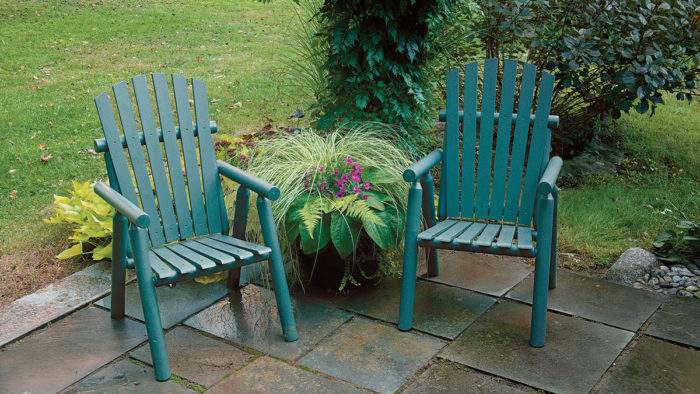
It is convenient, yes, but the wood will soon be damaged by moisture and ultraviolet (UV) light, and it won’t last as long as wood that has been protected by an exterior finish. Surface checks, mold, color fade, and eventual rot all are potential outcomes when wood is left unprotected.
Exterior finishes range from water-clear varnishes and penetrating oils to completely opaque paints and solid stains. They’re available in both oil-based and water-based formulations, although local or regional air-quality laws may affect what you can buy.
Despite their many differences, finishes fall into two broad categories: film forming and penetrating. Paint and varnish are examples of film-forming finishes. They create a barrier coat on the surface when they dry. Penetrating finishes, such as semitransparent stains and exterior oils, soak into wood fibers without forming a surface film. There are pros and cons to each type, but there is a finish for every situation.
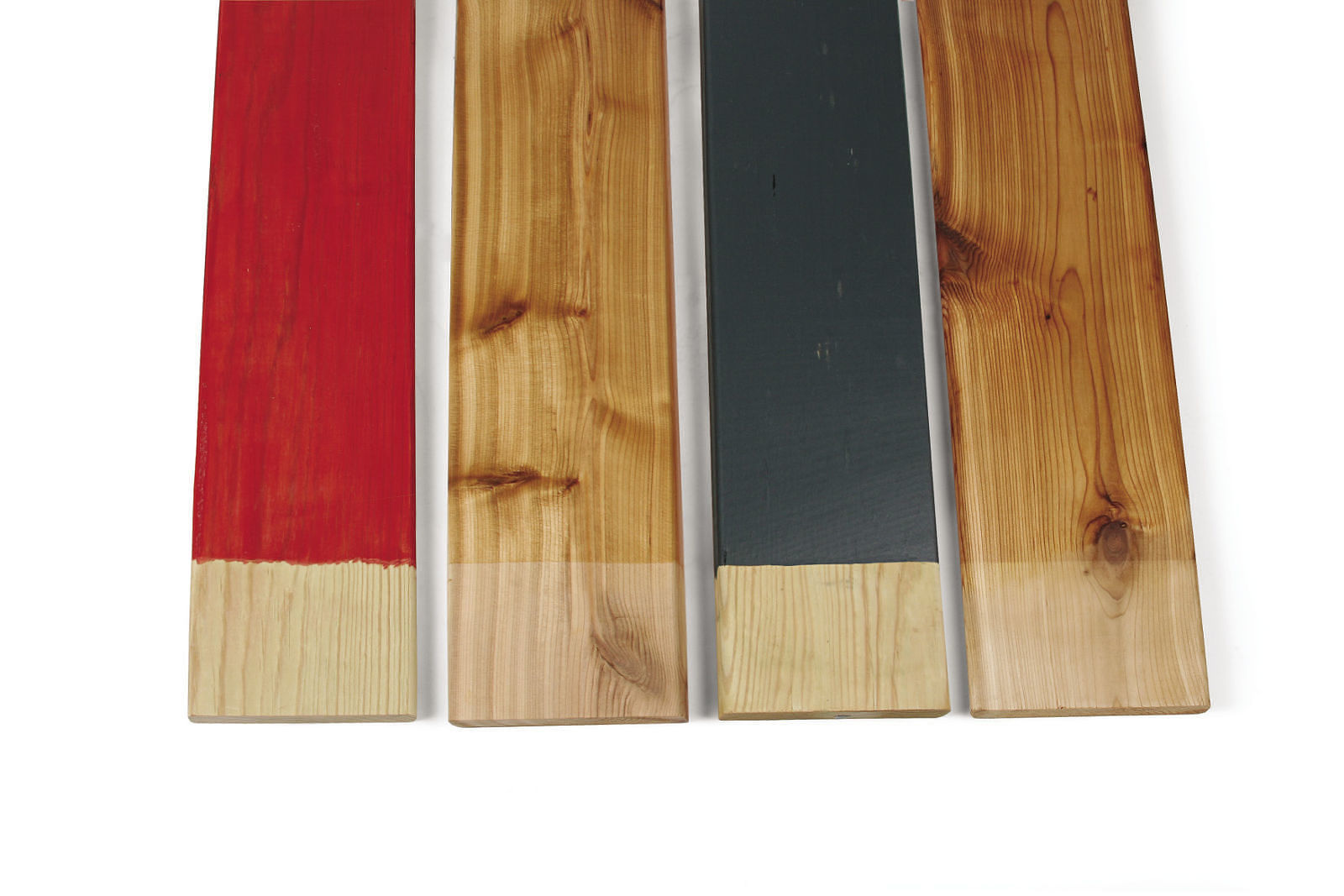
Wood before: All four finishes went on easily, differing mainly in how much of the underlying wood they allowed to show through.
Film-forming finishes offer either protection or texture
Good-quality acrylic latex paints offer more protection than any other kind of exterior finish. They effectively block water and UV rays. Unlike solid stains, however, paint masks the texture of wood.
Paint is a good choice when long-term protection from the elements is important, when you don’t want to refinish often, and where a surface sheen is an attractive feature. Outdoor tables and chairs as well as siding and trim on garden sheds are likely candidates.
Although it depends on variables like weather exposure, proper application, and paint quality, the durability of a paint finish can reach up to a decade, if not longer. While it lasts longer than a pigmented penetrating stain, paint is also more susceptible to peeling and flaking because it forms a surface film on the wood. When it is time for refinishing, that’s likely to mean a little more in the way of surface prep.
Clear film-forming finishes, such as traditional spar varnish or exterior polyurethane, do nothing to obscure the color and figure of wood. These finishes are completely transparent—or nearly so. In addition to a surface sheen, they may add an amber quality to the wood’s natural coloration.
If you’re finishing outdoor furniture or a garden gate made out of an especially choice piece of wood, this might be exactly what you’re looking for. But according to Mark Knaebe of the Forest Products Laboratory in Madison, Wisconsin, varnish has only a limited ability to block UV light, which in time breaks down the lignin that binds wood fibers together. As the lignin slowly degrades, the bond between the finish and the wood substrate weakens. Eventually, the finish can come off in sheets.
Water-clear finishes typically include organic UV inhibitors, which break down relatively quickly. “They can only handle so many photons, catch just so much light, before they begin to break apart,” says Knaebe. “When that happens, the light makes it right through.”
To rejuvenate a peeling surface, all of the remaining finish should be stripped away. If you want to avoid that, count on relatively frequent maintenance before the finish has time to degrade, which may mean recoating every year or two.
Penetrating finishes are best with preservatives or pigments
Penetrating oils and stains can be clear, almost totally opaque, or something in between. Nonfilm-forming finishes don’t peel like paint or varnish as they age, and it takes less time to recoat as the original finish gradually wears away. For those reasons, penetrating stains dominate the market in the United States for decking.
Clear penetrating finishes often contain water repellents, sometimes in combination with wood preservatives that not only shed water but also help control mildew and insects. This can be important when the wood is located in a shady, damp area, according to the Forest Products Laboratory.
Clear water repellents have a relatively short life span, though: six months to a year. Those with wood preservatives offer roughly twice that longevity.
For longer-lasting protection from the elements, look for a finish that contains inorganic pigments, such as iron oxides, transparent iron oxides (called transoxides), and titanium dioxide. These compounds are more effective at blocking UV light than the organic UV inhibitors used in many clear finishes. The trade-off is less transparency: The more pigments the finish contains, the more it obscures the wood substrate.
At one end of the scale are lightly pigmented toners or translucent finishes. Although they’re not completely transparent, they don’t impart much color, and the color can be matched to the wood you’re finishing. At the other end of the spectrum are solid-body stains that completely obscure the wood and are, in effect, thin paint. Life expectancy of a pigmented stain is as long as 10 years.
In the end, the more you’re willing to give up in the way of transparency, the longer the finish will last and the less frequently you’ll have to refinish.
Penetrating stains are a good choice for siding, decking, and other surfaces where you want some protection against the weather but would prefer not to have a surface film and would like to see the underlying texture of the wood.
Wood After
We left these finishes out in the sun for two years. Here is how they held up.

Semitransparent stain:
It’s starting to fail. It still looked good, but it was beginning to flake off.

Stain:
The wood is fine, but the finish isn’t. The only thing separating this from the untreated wood was that it wasn’t as faded. But there were no signs of the stain remaining.
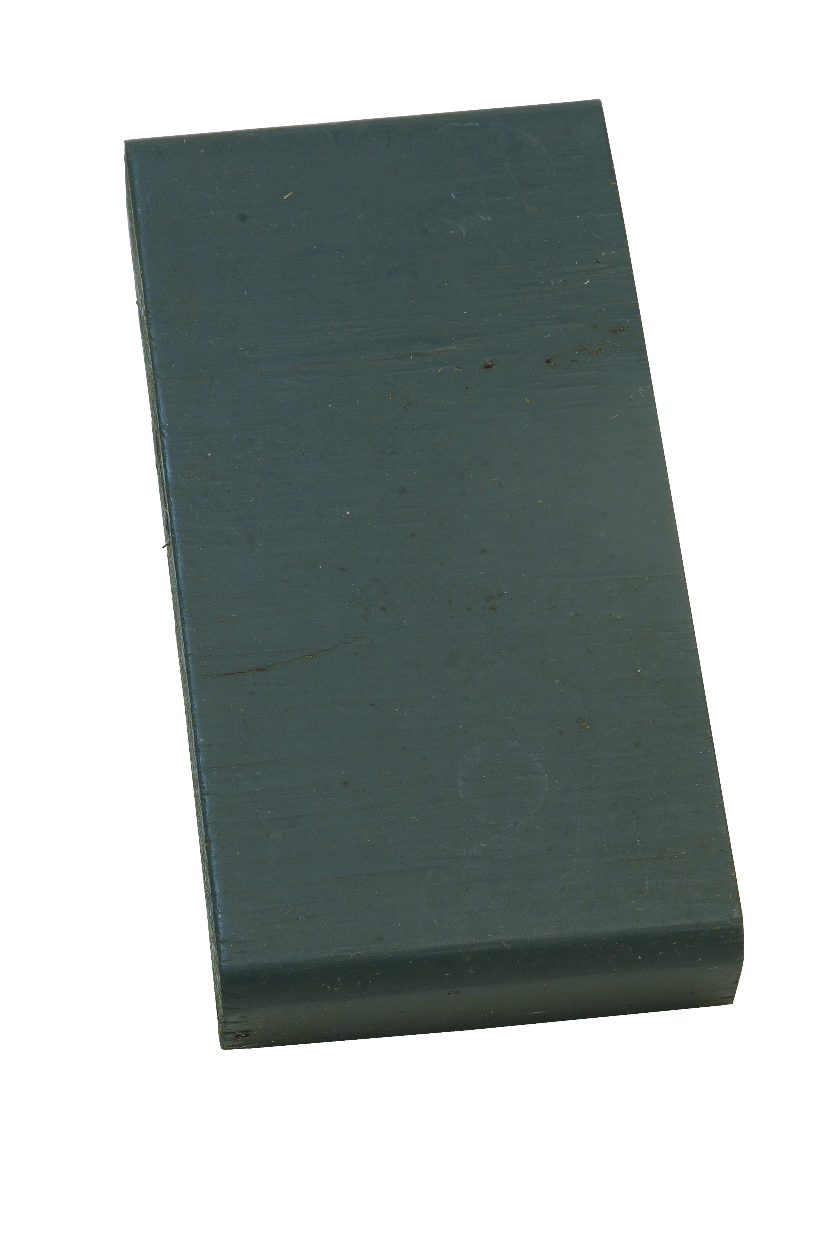
Paint:
It’s almost as good as new. Other than being a little dirty, this looked as good as the day we painted it.
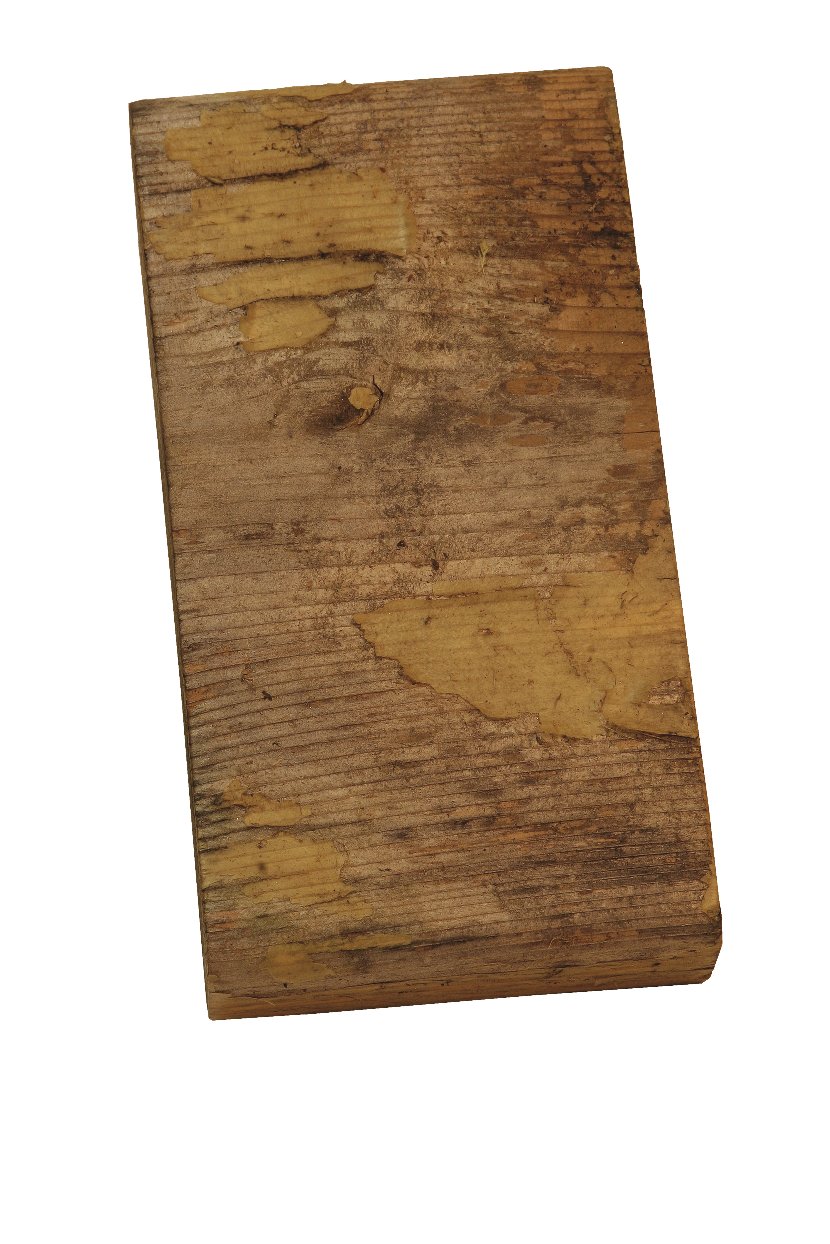
Varnish:
It looks terrible. What remained on the wood was peeling off in layers.
What’s the difference?
Water-based vs. oil-based vs. modified-oil finish
For a variety of reasons, water-based exterior paints have all but pushed oil-based formulations out of the market. They are easier to clean up (using soap and water versus solvents); dry faster; and don’t become as brittle, so they last longer. Water-based paints also contain fewer volatile organic compounds, so they’re better for the environment.
Water-based exterior stains offer the same advantages, but manufacturers have had to find a way to overcome one problem: Water-based stains don’t penetrate the wood surface as well as oil-based stains. So manufacturers have developed hybrid oils.
“A straight waterborne system won’t be as effective because it won’t penetrate into the substrate,” says Bill Gradisher, a product trainer with AkzoNobel, a coatings manufacturer. “But with a modified oil, as the coating dries, the oil separates from the finish and goes down into the substrate, leaving behind that acrylic finish on the surface or near the surface that’s going to give us the UV protection.”
Scott Gibson, a woodworker and author in East Waterboro, Maine, is a contributing writer to Fine Homebuilding.
Photos, except where noted: Steve Aitken; Stephanie Fagan
Fine Gardening Recommended Products

Gardener's Log Book from NYBG
Fine Gardening receives a commission for items purchased through links on this site, including Amazon Associates and other affiliate advertising programs.

Gardena 3103 Combisystem 12-Inch To 20-Inch Adjustable Metal Fan Rake Head
Fine Gardening receives a commission for items purchased through links on this site, including Amazon Associates and other affiliate advertising programs.

Corona High Performance Orchard Loppers
Fine Gardening receives a commission for items purchased through links on this site, including Amazon Associates and other affiliate advertising programs.

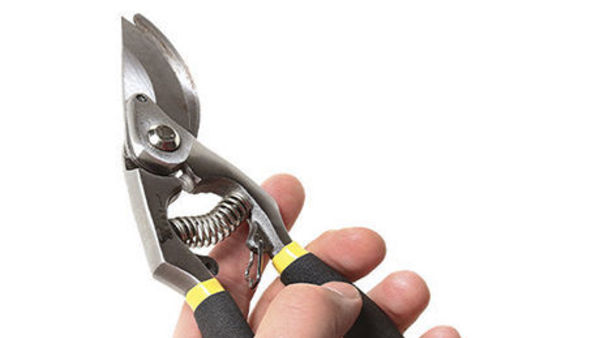
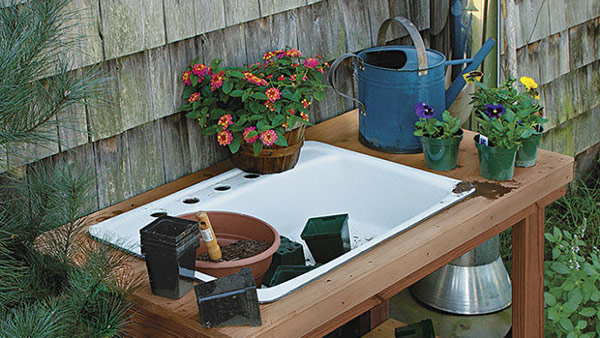
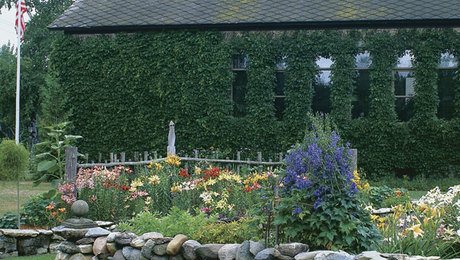














Comments
Log in or create an account to post a comment.
Sign up Log in